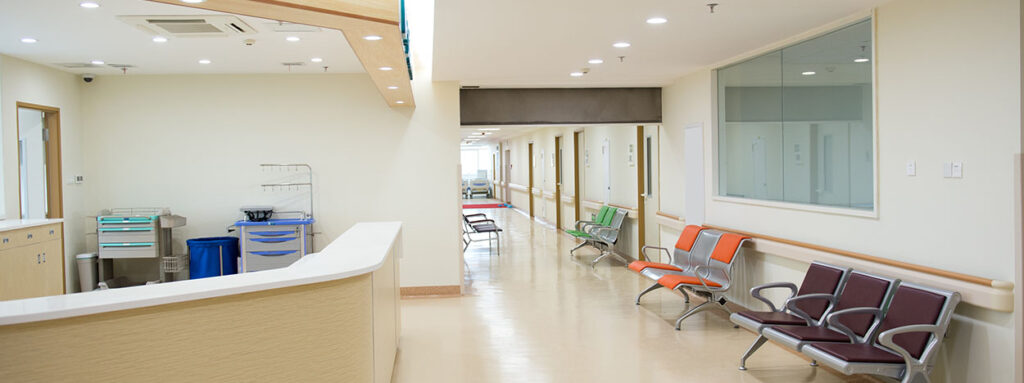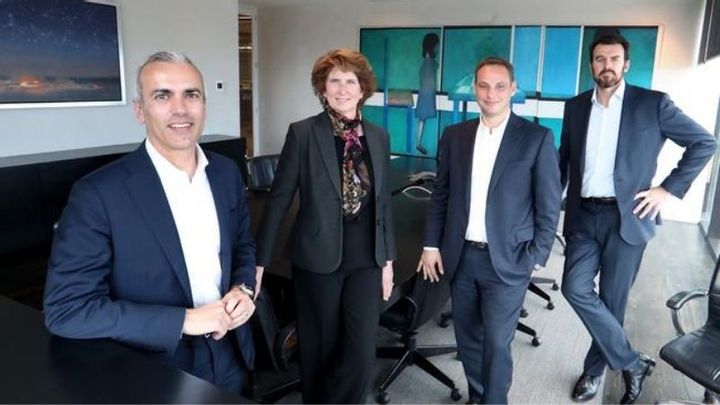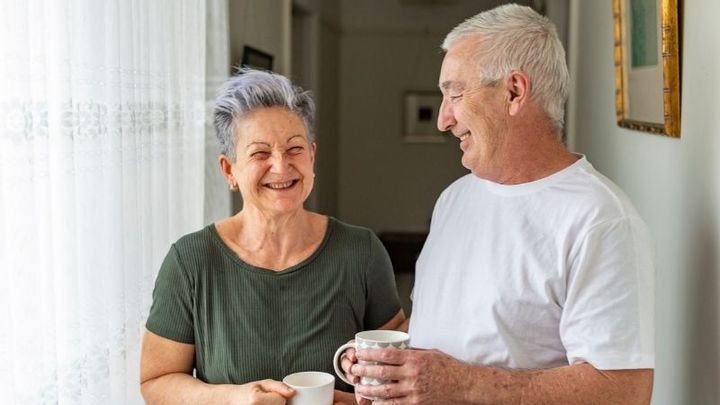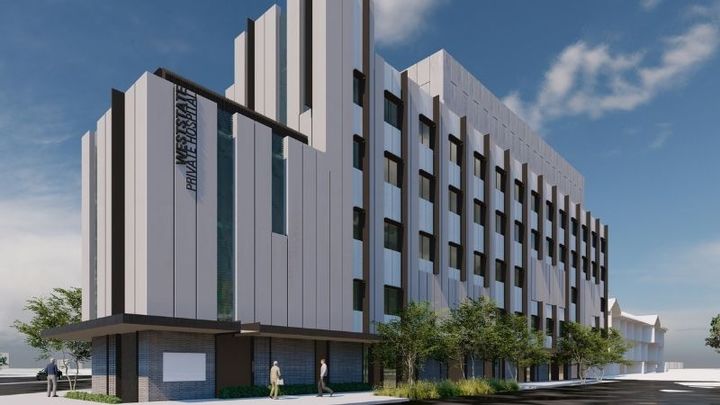Healthcare was once the province of investors looking for exposure to a defensive asset class and a more diverse yield spread.
But the sector has recorded its biggest year of transactions as more institutional investors entered the fray and surging levels of liquidity flooded the market.
And while Covid-19 ravaged the world, it also highlighted the deeply embedded value of healthcare property assets and the growing appetite for improved healthcare outcomes for an ageing population.
International superannuation funds have been dipping their toes into the Australian healthcare property market with growing interest in the stable assets and good returns on offer.
Real Capital Analytics’ head of analytics Benjamin Martin-Henry says it is an asset class that has been overlooked by institutional investors—until now.
“Nothing is bullet-proof, but [the healthcare sector] has to grow,” Martin-Henry says.
“It is one of those asset classes that has been overlooked by institutional investors, it has been predominantly privately funded.
“[But] all the different asset classes are converging around yields of 4 to 4.5 per cent … you can’t jump to different sectors to get a better spread now … and bigger institutional investors are starting to move in.”
Martin-Henry says big institutional investors have money to spend, and Charter Hall, Dexus, and Centuria all have funds focused on the acquisition of healthcare assets, while he forecasts yields will compress further amid the scrambling for assets.
“Fifteen years ago institutions weren’t touching it, it was basically a private market … this is just a natural evolution of the asset class … investors are trying to tap into new markets,” he said.
“There’s so much capital floating around and there’s not enough physical assets available.
“I think we might see a couple more listed REITs in the future … it’s a sector that can only get bigger and we can only need more. The tenants are sticky, the WALEs (weighted average lease expiry) are good.”
▲ Home Consortium board members David DiPilla, Jane McAloon, Zac Fried and Brendon Gale.
Big-name investors back health and wellness
Yield compressions are biting into the market but the heads of some Australia’s biggest healthcare property trusts say there is still some room to move.
Home Consortium listed its health and wellness real estate investment trust (HCW) in September, valued at $555 million with 27 seed assets, a weighted average cap rate of 5.34 per cent and a WALE of 9.4 years.
This month the REIT announced plans to acquire $200 million in properties across childcare, a health hub being built at the Gold Coast and a stake in a under-construction private hospital in Camden, taking its portfolio value to $850 million upon project completions.
Shares in HCW rose to $2.32 on the first day of trading but have dropped to around $2.15 at close of trading on October 25.
Home Consortium chief executive David Di Pilla was behind the move to list the HealthCo Health and Wellness REIT for a sector that he believes is on the cusp of a boom.
And investors are backing the concept, following a $600-million capital-raising venture to fill the war chest for future development pipelines.
Big-name investors have stumped up cash for the venture including a number of super funds, Brisbane’s Muller Family’s Sword Holdings who formerly owned Orpheus Island on the Great Barrier Reef; Queensland property developer Kevin Seymour’s Seymour Group; and Flight Centre co-founder Jim Goldburg’s Friday Investments.
According to initial public offering documents the REIT is targeting developments with a yield greater than 6 per cent, but this could be hard to find in the current market.
▲ The demographic tailwind of an ageing population will boost demand for healthcare and assets into the future, according to Barwon’s Tom Patrick.
Yields compress, but room for movement
Barwon Healthcare Property fund manager Tom Patrick says yields have compressed significantly during the past decade and properties are starting to transact at less than 4 per cent.
“Eight years ago private hospitals used to be around 9 per cent yields, and now we are hearing under 4 per cent,” Patrick says.
“Yields have been compressing a lot over the past decade. Our first acquisition was at 8.6 per cent cap rate on a 10-year leaseback. Now it’s low fives and fours.
“Everyone has the same cost to capital ratio and … I think pricing is fairly similar across the board.
“There was a hospital in Perth that transacted for sub-4 per cent yield. We’ve transacted on 5 per cent yields and more recently at 4.5 per cent.”
Despite a “step change” in yield compression and convergence with other sectors, Patrick says there is still some room for movement and exponential growth.
“It has always been defined as defensive but there is plenty of growth potential … the sector will benefit from macroeconomic and demographic tail winds,” he says.
“We have a very large ageing Baby Boomer cohort that is moving into older age—the demand for healthcare is going to [skyrocket].
“There is an argument that healthcare assets offer the lowest risk profiles of all the sectors.”
Patrick says the sector’s assets are very specialised, but the low vacancy rate of about 2 per cent is indicative of low stock and limited speculative development.
But most importantly the sector attracts well-capitalised “sticky tenants” and long leaseback arrangements, which provides surety for investors looking to park their money in a safe spot.
▲ Centuria’s CHPF has entered into a $60-million fund through arrangement for a purpose-built private hospital development in Townsville.
Resilient asset class generates investor appetite
Head of Centuria’s Healthcare Property Fund Andrew Hemming says the yield compression is in line with the “maturation” of the sector.
“Australia is less mature than other global property markets, but we are now moving quite quickly,” Hemming says.
He says other sectors were constantly evolving, including the workplace and retail, but healthcare and the delivery of healthcare has been largely stagnant, until now, thanks to the global pandemic.
“It’s just starting to change now … with [other new institutional investors] buying up assets the yields are sharpening.
“Less people are taking up private health insurance. More people are relying on the public system and Covid-19 has highlighted this even more.
“There’s a lot of interest because it’s topical and because the returns are stable.
“The income is secure, they are sticky tenants, normally with a 10-to-15-year tenancy agreement that will keep up with inflation.”
Centuria recently beefed up its healthcare fund with a $167-million portfolio acquisition of seven assets, almost doubling its portfolio value to $342 million, in addition to a healthy $11.7-million pipeline of development.
The assets include a mental health hospital and outpatient centre, and two dementia care residences, which Hemming says is an important area of investment and development.
“Mental health hospitals, for both inpatients and outpatients, are a major growth area within the healthcare sector,” he says.
“Equally, dementia care operators that provide personalised, non-institutionalised homes, such as Group Homes Australia, are growing in demand.”
Both dementia care residences are fund-through projects in Sydney’s north-west and will be leased to Group Homes Australia on a 15-year lease term, and will be operational by mid-2023.
Hemming said partnering with operators from the start of a development project created greater returns and improved outcomes.
The pure-play unlisted healthcare fund recently completed its fourth capital raise, securing $62.4 million in investments.
“Since Centuria Healthcare Property Fund launched a year ago, it has generated strong traction from investors seeking to benefit from this resilient asset class, which provides relatively stable income streams,” Hemming says.
“Our open-ended fund enables investors to benefit from the healthcare real estate sector’s strong tailwinds, which is why each of its fundraises have been fully subscribed to date.”




